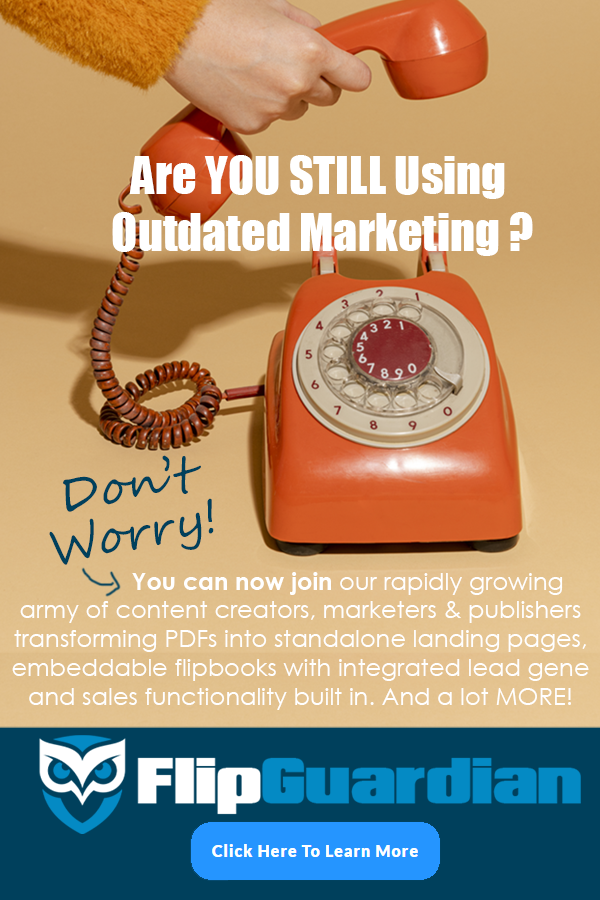Carving out the contours to any project life span is always best structured with a steady framework to ground its foundation. Many digital design agencies navigate their strategies and workflows with different approaches that work best for them. However, a methodology that many UI/UX firms have embraced, including our own design agency, is the iterative design approach.
Iterative involves a much more flexible and dynamic mode to design. It neatly intersects with an agile workflow as it cycles between design, prototype and testing until the overarching goal is achieved. Typically conducted in sprints, iterative has propelled web designers with productivity, reduced overhead costs and functions as an ode to placing the user at the center of any design.
However, iterative methodologies are only as efficient as the team that implements them and can be achieved with best practices that embody these flexible strategies.
A focus on the user
User experience design continually develops new methods that center the user around its design decisions. User experience design works in tandem with an iterative web design approach. It focuses on how to subsequently make a design better as the timeline of a project rolls out. When incorporating iterative design strategies, that emphasis on the user should never turn murky or become lost in the process.
Iterative workflows function best when they continuously scrape away at design elements that may be clouding the experience with cognitive friction. Although collaboration and feedback with a company/client act as the backbone to iterative, being aware of the need to align design with a brand identity also informs the user’s overall experience.
Within the iterative cycles, design components that need to be adjusted throughout should be focusing on how to remove design clutter. Collaborative cycles within iterative design can ensure that there is no visual clutter. Navigation is clear as journeys lead to corresponding expectations and content is not abstruse. These can be cleaned up and improved with iterative versioning in visual hierarchies, user mapping and aligning design with a company’s branding for consistency. A focus on those core points can remove cognitive friction since iterative design is consistently improving along the way and can mend errors earlier in the development process.
An openness to feedback
A design tool that may often be overlooked can be something as simple as feedback. Whether it arises from internal team realignment or collaboration with a client to showcase a working design, feedback truly informs the design when the method is iterative. Reconceptualizing iterative methodologies as a philosophy helps integrate it much more seamlessly within design agencies until it becomes second nature.
Thus, once embodied as a philosophic framework, there is an openness to feedback from clients. It helps to make certain their brand is consistent with the design to ensure their target audience can experience an interface that is identifiable to the brand. Receptiveness to feedback also internally strengthens team collaboration because the project scope becomes much more targeted. This also encourages the concept that the rejection to an idea or design is simply a redirection to something greater. And, that it can be achieved with an iterative mindset and an openness to changes without overthinking the process.
Iterative persists after development
When incorporating iterative design into an agency work ethic, there should be an understanding that iterative cycles do not simply end when a website or mobile interface is pushed live. Rather, it should continue long after that. The purpose of iterations is to ensure that there is a consistent layering of improved changes that can continue long after a project is wrapped up. A key element to ensure that iterative design continues after development is through usability testing. Testing is part of the iterative cycle as development is taking place. However, since iterative design can take hold at any stage of development, testing can occur at any stage as well — including post-development.
Usability testing is essential to ensure that web design, functionality and user reception can meet at a nexus between an enjoyable experience and innovation. Testing is conducted through analyzing analytics and data, heat mapping or evaluating UX heuristics. Iterative testing can ensure that all pain points are soothed and any need for improvement is catered to promote a strong user experience.
Clear communication is essential
As with any collaborative project, clear communication is a vital necessity. Communication allows the composition of a website to come into full view with purpose, efficiency and clarity. This rings true with iterations because it opens the opportunity for web design agencies to internally delegate tasks amongst a team based on expertise and the task that needs to be completed. Communication within an iterative framework also collectively informs what areas of the design functioned and what did not. This entails a collaborative approach to be rerouted towards improvement. Understanding which design areas need to be cycled again can only be strengthened when communication is clear to keep a team on the same page throughout the scope of a project.
Once again, communication with a client or company is paramount. Allowing a client to be just as involved in a design as the design agency itself removes any unwanted surprises at the end of development. Thus the likelihood of starting an interface design over will be reduced. Therefore, invite a working client to feel a part of the team by updating them on changes based on their feedback. Or, simply update them on the project process as your team works through it.
Client involvement from the get-go also propels productivity and trust. It showcases initial progress such as site maps, design ideations and even curating a list of possible questions to ask to ensure full alignment. When a client/company feels involved, it encourages a sense of ownership of their digital interface and builds a bonding relationship.
Iterative design can work to achieve the proper delineation of any UI/UX developmental project. Web design strategies such as iterative function best when its framework is properly utilized to drive efficiency, productivity and most importantly, an unforgettable user experience.








